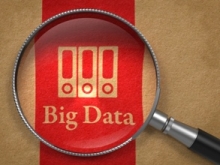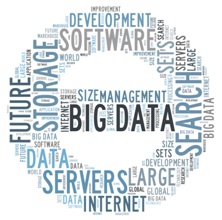Big data refers to the collection and subsequent analysis of any significantly large collection of data that may contain insights or business intelligence. Though the concept of Big Data is not startling new, its attributes which are mainly variety, volume and variability have been forever varying. Unlike traditional business analytics, Big Data provides business intelligence, shapes and paces up enterprise decision making forever, which is also exactly why the IT infrastructure that supports it ought to be justifiable.
Firstly, the combination of technology innovation, open-source software, commodity hardware and persuasive mobile devices has facilitated Big Data to harness real-time data collection and analysis. Enterprises should keep in mind that since data and their organizational structures are fundamentally different; the architecture to support real-time analysis must be different too. In other words, organizations should base their Big Data strategy on their structure than align their organizational structure to Big Data strategy.
Secondly, enterprises need to formulate their infrastructure in such a way that the focus is more on compilation, execution and display rather than just providing secure, high-performance access to data pools. This is because these parameters have become commonplace and obsolete today.
An ideal Big Data architecture should enable a horizontal scalable database rather than a vertical one. This is because it would enable the enterprise to envelope a better reach.
Lastly, it is also advisable for enterprises to design their IT infrastructure in such a way that it enables unique query tools that work real-time with actual data. Big Data infrastructure in other words, should ideally represent the latest application environment to drive this architectural shift from traditional generic data collection.
The best Big Data practice, aligns the enterprise’s budget, strategy, structure with its agenda and chooses the best compatible combination of these technologies to leverage valuable ways forward with the available data. Enterprises should craft their IT infrastructure in such a way that it enhances location independence, scalability, performance, convergence and operational simplicity.

Vaidyanathan is a former Happiest Mind and this content was created and published during his tenure.







